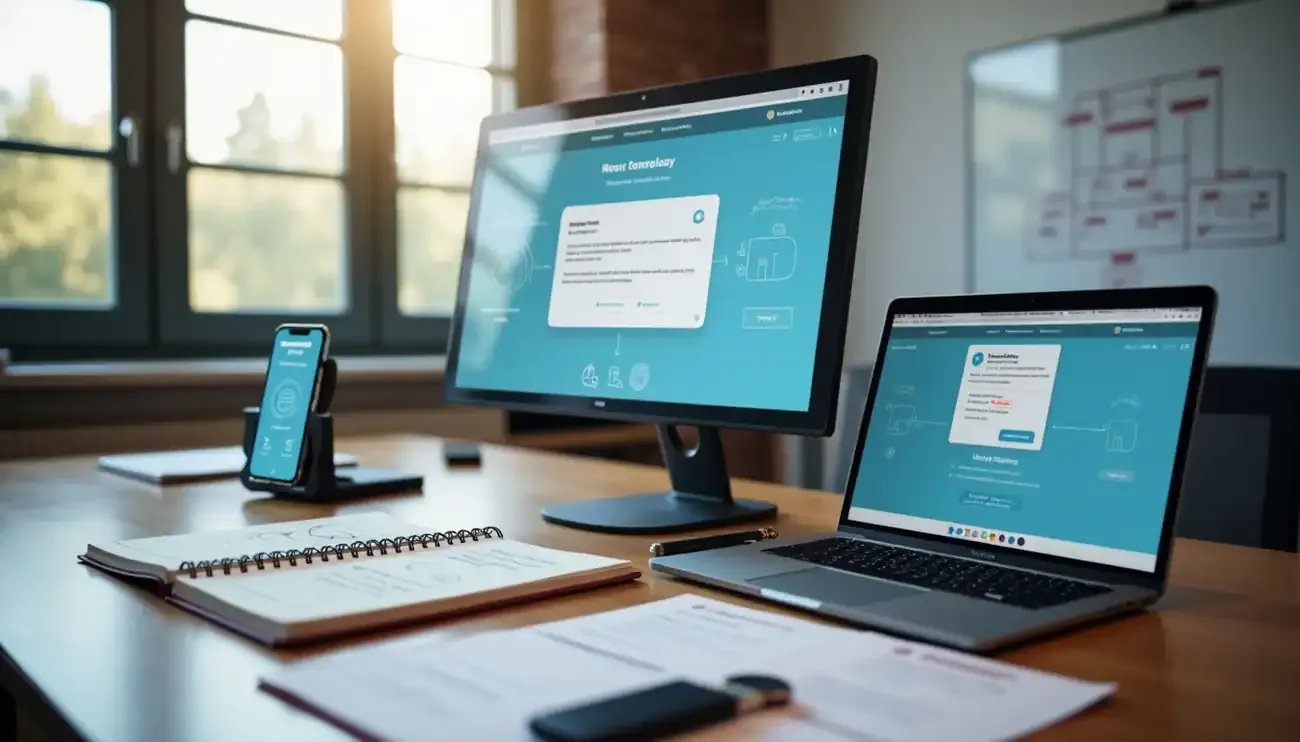
To execute a successful project, you must have the right people engaged at the right time and pending on the environment or scenario—this can be a challenge.
Here are a few of my suggestions as a strategic project consultant for successful project execution:
- Choose the Correct Individuals for the Job
First, those needed should ideally be determined before the project starts by understanding the overall scope and integration points (technical and business). Map the integration points, determine who is needed for each, and assign roles and responsibilities that fit each individual. When kicking off a project, list who should be involved and why. Next, ask each person how they expect to be engaged and verify that their expectations align with your assumptions.Of course, it’s not always simple to get a bunch of busy people allocated to make your project successful. Ensure that each person understands their role, impact, the time required, and when and where they need to integrate with the project team. - Ensure Management Participation Make management aware of your involvement with their staff. I’ve managed projects where, frequently, I ask team members’ managers to explicitly verify that their people would be able to deliver as needed without interrupting other essential operations. Keep management engaged and informed throughout the process, as they should genuinely be interested in the project. Ensure management knows the project and their employees’ progress and status. Leverage their experience and expertise in solving problems when necessary, and they’ll reinforce good behaviors and celebrate success with the entire team.
- Ensure Meetings are Purposeful and Productive
Getting the right people in the same place at the same time in a busy world can be complicated. On one hand, you need to have meetings to facilitate project progress, but you also need to minimize the burden of gathering together despite individual constraints.Therefore, you should ensure that all meetings are valuable and purposeful and that everyone has a good reason to attend. You may need to get creative to make sure as many people as possible are present. You may also need to rethink traditional approaches to ensure that all ceremonies (Planning, Demos, Retros, etc.) are appropriately executed and provide value toward completion. - Encourage Camaraderie
Once you have management and the right people involved with a project, you need to make it as engaging as possible. Giving participants ownership and a voice gets them involved, dedicated, and motivated and increases camaraderie. Give various team members speaking opportunities in a kickoff presentation where they lead a topic or part of a topic. You can also ask questions of the audience that require a response, encouraging further team engagement.For level-setting purposes, ask each person how they expect to be engaged and what they think are the project’s goals, which also breaks up the presentation and makes it more interesting.The Project Manager does not have to run or facilitate all meetings. For example, you could assign Scrum Master duties to another team member for stand-ups or alternate team members to lead different sessions.Have the Product Owner (PO) own as much of a demo as possible. They will likely need help from the technical team. The PO can partner with the technical team to prepare for the next demo and discuss presentation details, goals, and priorities.
Leverage online collaboration tools where all team members can collaborate asynchronously. Examples are Slack, electronic whiteboards (e.g., Mural), Google Docs, and so forth. Video conferencing options from Zoom or Microsoft Teams are also essential in this remote world.
- Give Regular Status Updates
Provide the team with information about the progress and status of the overall project. Sometimes this information is only thought of as information for management. However, most team members usually want to know the overall health of their project and how management views the progress.Project Managers are not involved in every second of the project, so arm the team with the information needed to prevent and resolve issues and reinforce good behaviors. - Gather Feedback
Provide an opportunity for all team members to provide feedback for reinforcements and improvements through post-project meetings focused on lessons learned. By incorporating input from your team, you’ll improve your subsequent project execution and continue to refine your process over time. - Work with a Strategic Consulting Partner
If you’re ready to improve your project execution process or want to bring in reinforcements for upcoming projects, OpenArc can help!
If you have questions or are ready to begin, contact [email protected].









